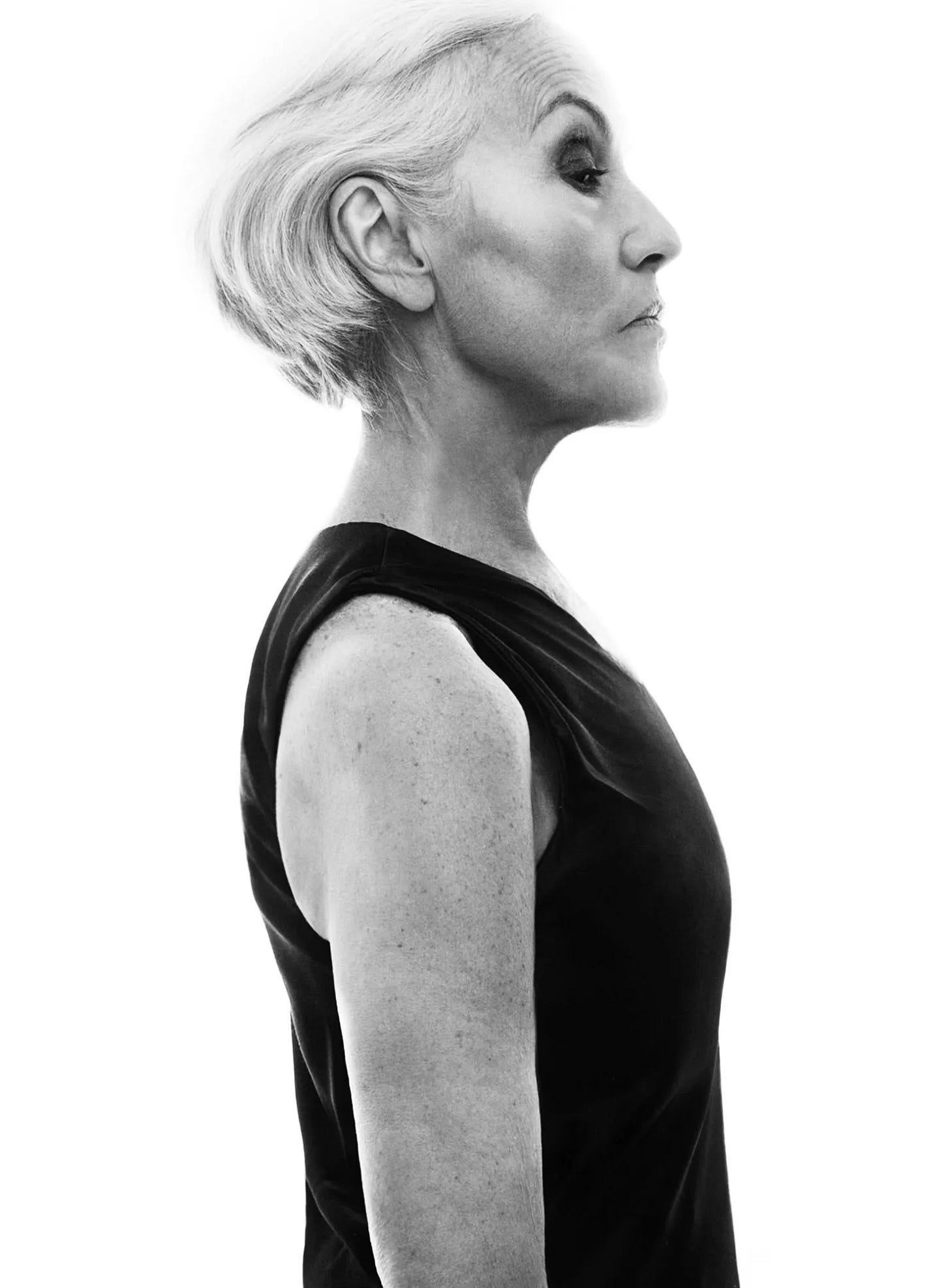
Last week, Polly Mellen, one of fashion’s most influential and prolific editors, died at the age of 100. A collaborator with the world’s finest magazines, photographers, and designers for the better part of 50 years, there are few among fashion’s ranks whose fingerprints can be felt so distinctly across such a vast swath of time. She was among the last of a great generation of editors, an elite coterie of women André Leon Talley dubbed sacred monsters for their unique alchemy of exquisite taste and utter brutality. Even among them, she was singular.
Mellen was active during a time before stylists existed as we understand them today. She was a sittings editor, a title originally meant to denote a magazine staff member who oversaw the portrait sittings for the society women who populated their pages. While she was no stranger to those, Mellen built much of her career by imbuing fashion with a dynamism that bridged visual fashion culture into the contemporary era. More than that, she was a disciple of the Vreeland school of editorial for whom imagination and determination were parallel and indispensable guiding forces.
No matter her eventual seniority, Mellen was as much a fan of fashion as an insider. She worshipped creativity and would quite literally moan whenever she saw something that excited her well-trained eye. Photographer Richard Avedon, who later became among her closest working companions and a great champion, couldn’t stand her initially, insisting she was “too noisy.” But when she completely held her tongue during their first collaboration on a shoot with Audrey Hepburn, he said, “You must never do that again, ever, because the feedback that you can give me when I’m working, I feel it and sense it. You must not hold back. If you know what you’re doing and you like what you’re doing, let it go,” according to Mellen in an interview with Fern Mallis. Mellen took that to heart and never looked back.
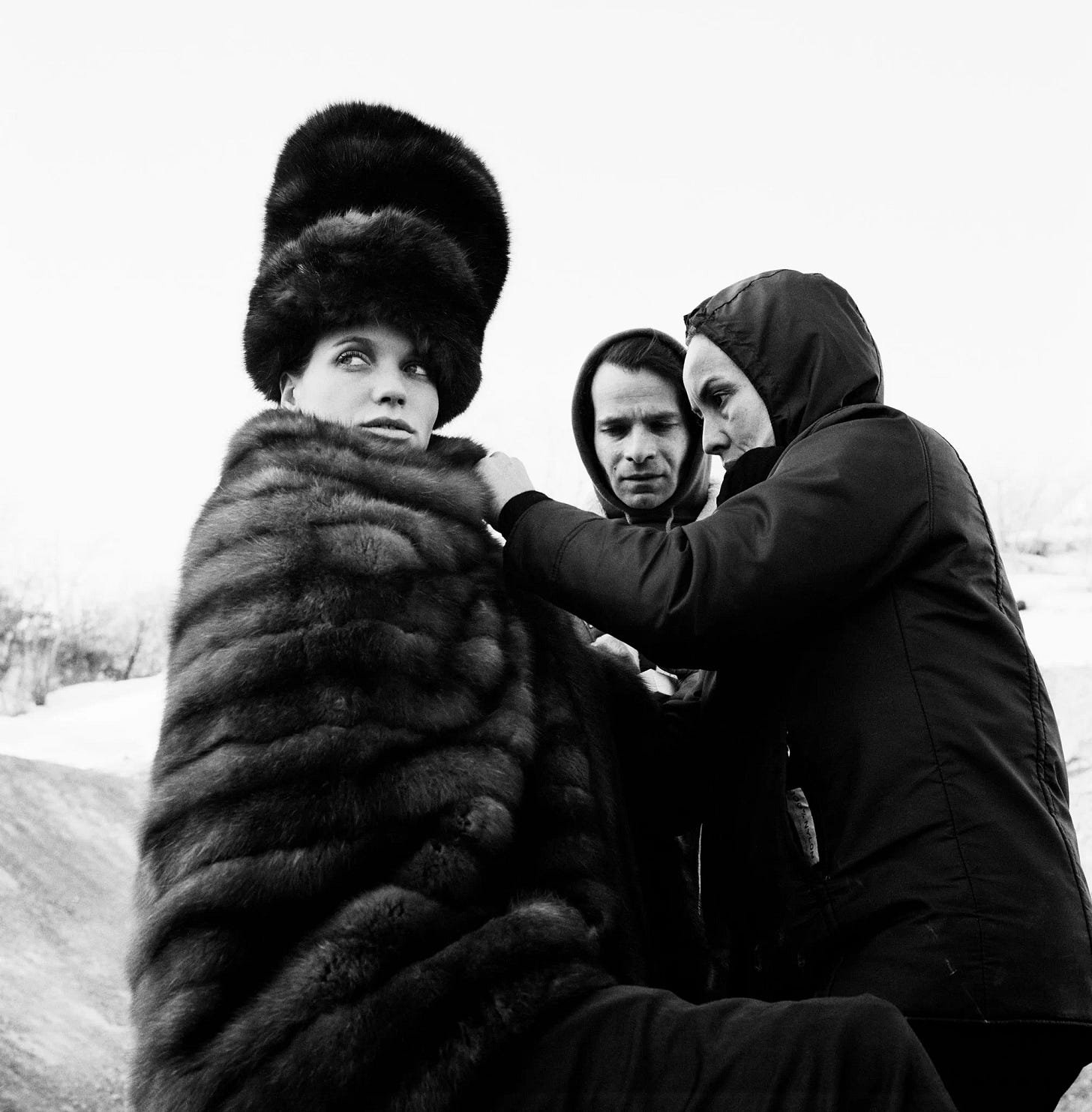
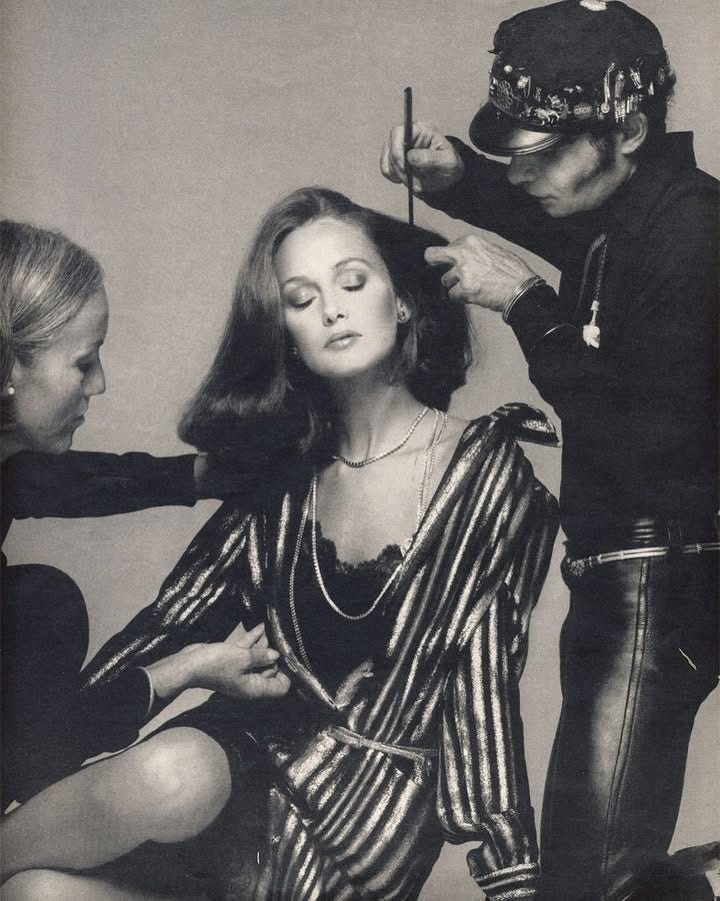

The enthusiasm was plain to see even for those of us who didn’t have the privilege of working with her on set. Look through runway photographs anywhere from the 1970s through the end of the 1990s and if you scan carefully, you’ll spot Mellen sitting front row staring, absorbing the clothes coming down the catwalk with more intensity than everyone else in the room combined. It wasn’t unusual for her to stand up and cheer at the finale.
It’s difficult for me to recall another person I’ve seen express that kind of exuberance in fashion. Unlike most of the industry, Mellen never feigned being too cool for school by exuding the chilly reserve of so many of her colleagues. Fashion thrilled her. She wanted its creators to succeed and let them know it.
Perhaps that’s the biggest distinction between someone like her and someone like Anna Wintour: Mellen didn’t applaud the deals brokered and pawns played as Wintour does; Mellen celebrated creativity, curiosity and evolution. The contents of the magazines they oversaw make that difference explicit.
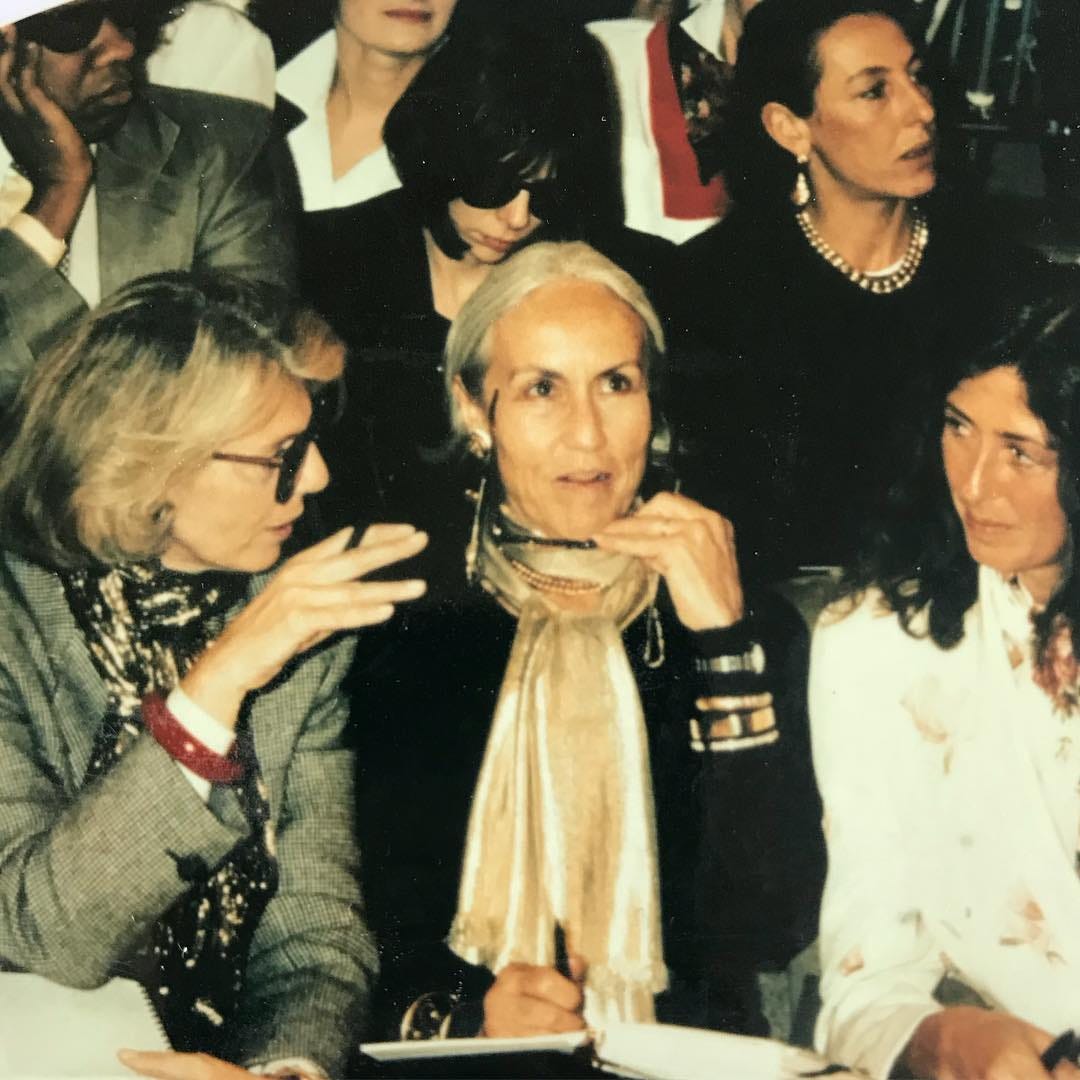

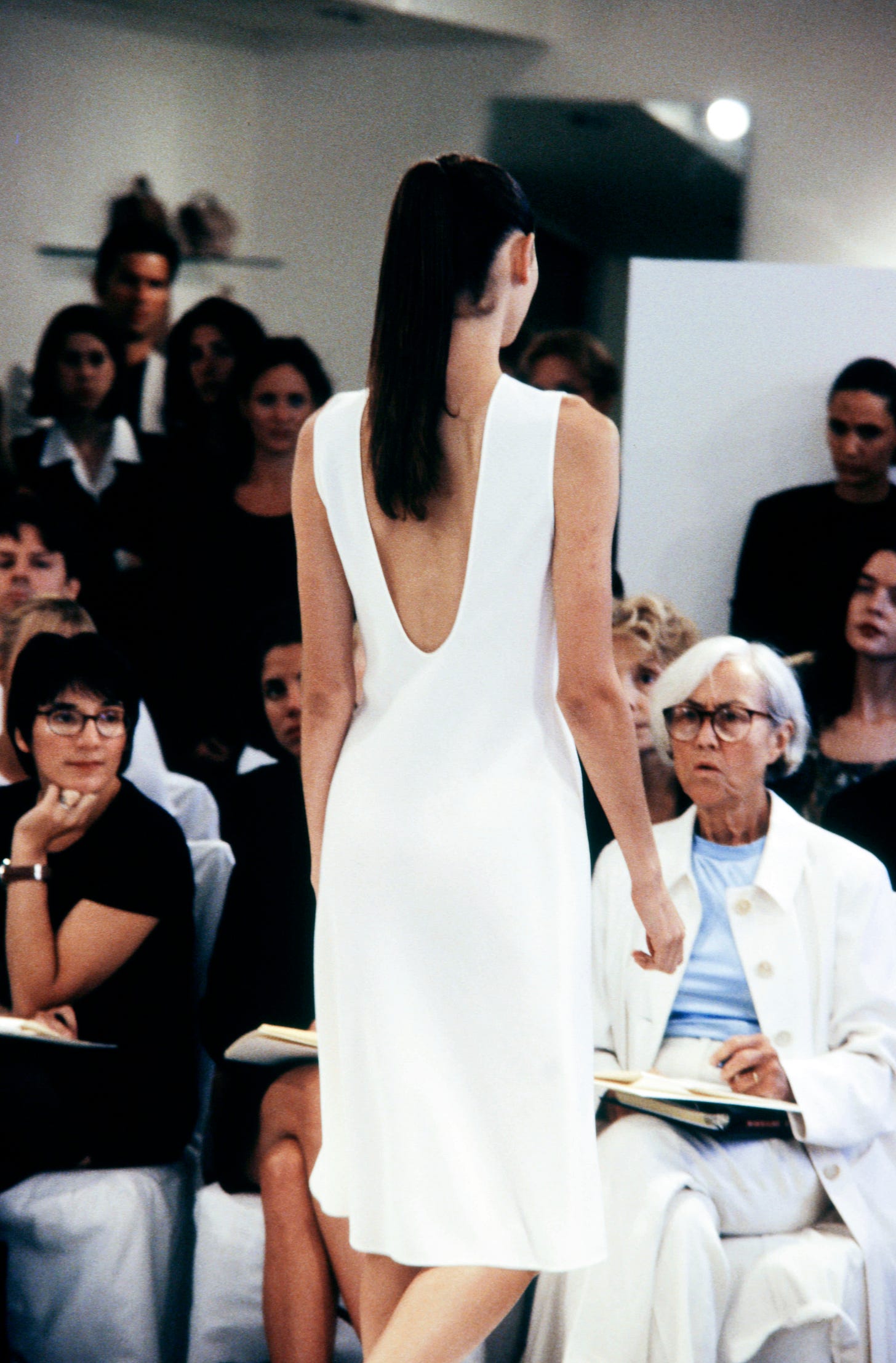
Maybe it’s logical according to the universe’s grand design that Mellen should leave us as the magazine, the entity she shaped and worked within, has fully ceased to be what it once was – in culture and in our collective imagination. She was a very special species that thrived in a very specific habitat that has since been lost. But I have a feeling that if she were here, she’d waste little time bemoaning a shifting world. An inquisitive mind has no boundaries and knows nothing of time and space. She would crisply (and with an upward tilt of her head) ask what’s next.
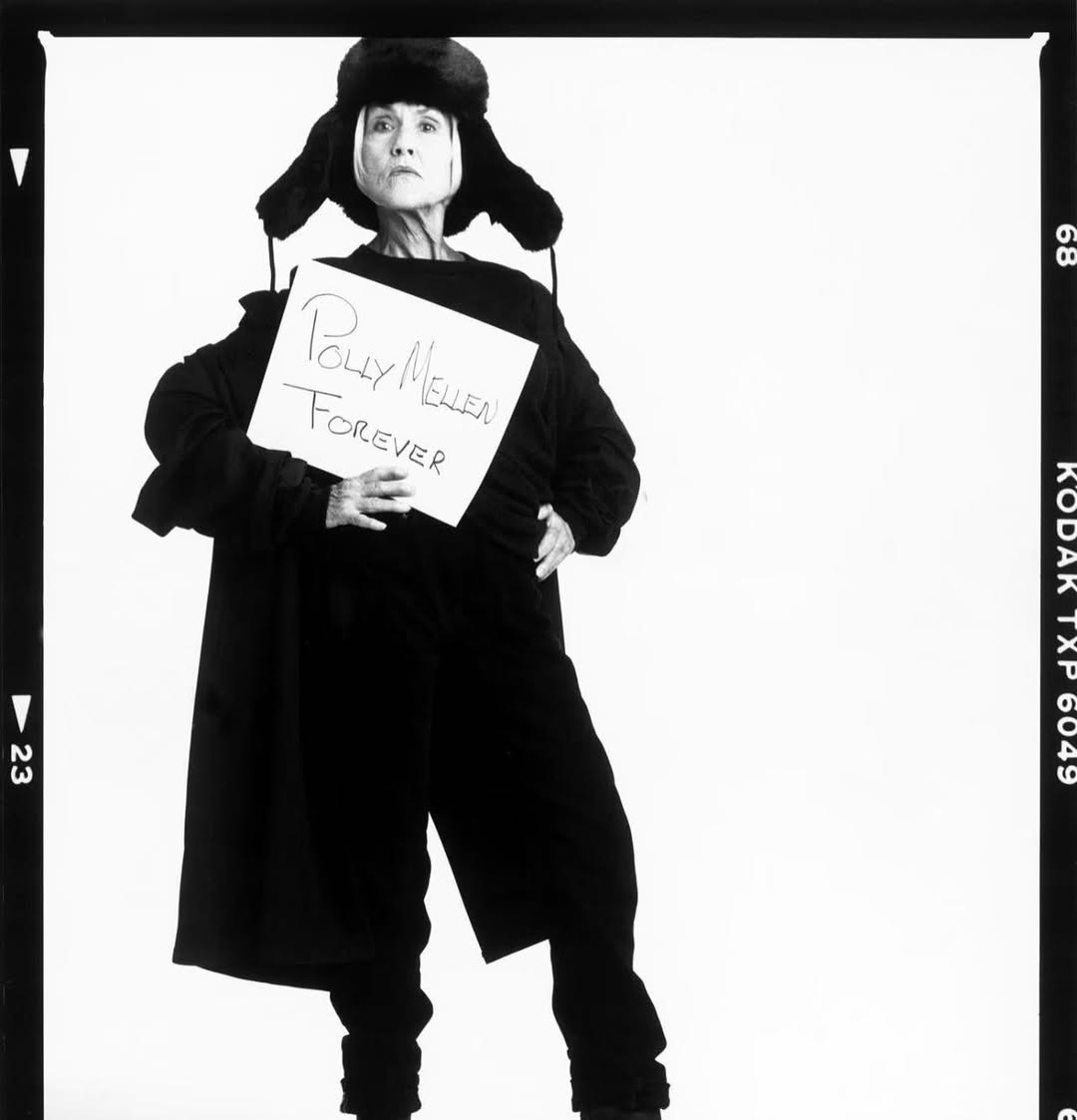




Excellent story!!! Polly was one of a kind. I encountered her a few times and she was always on! Her passion was infectious. It looks like Anna Wintour seated behind her in the front row shot. Andre Leon Tally to the left.